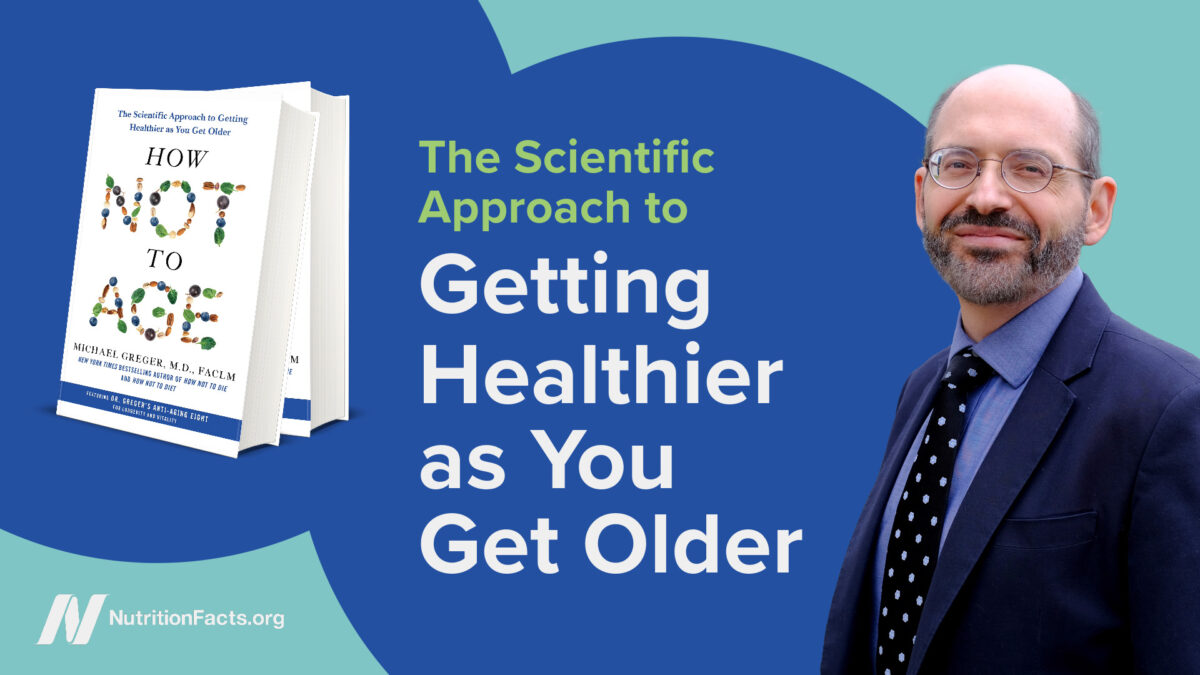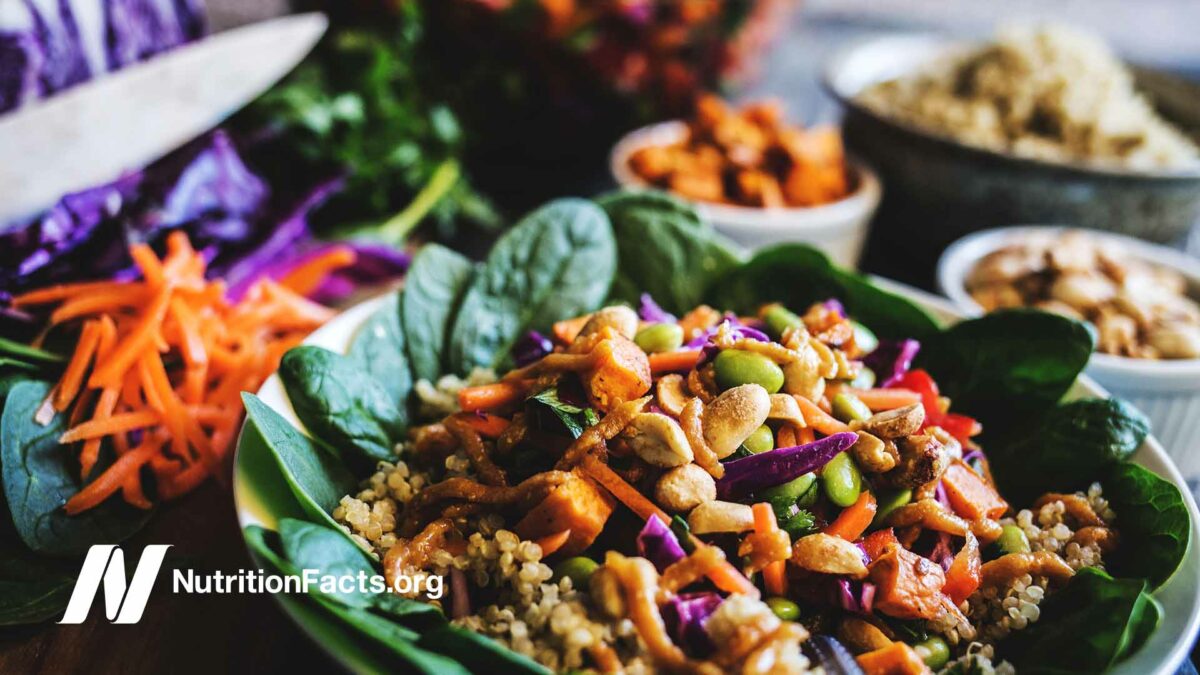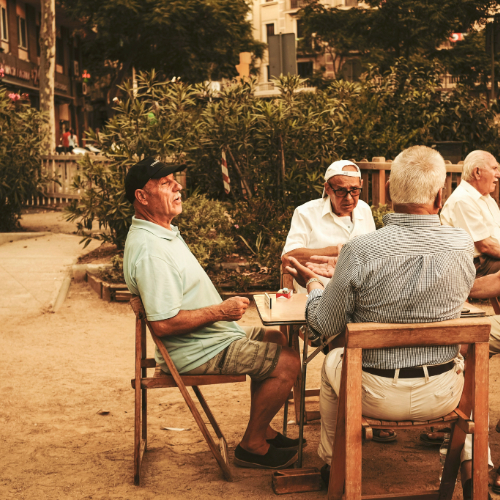
Blue Zones
Careful checks have systematically invalidated nearly all claims of allegedly long-living populations as being inflated or undocumented, so we’re left with five authenticated “blue zones”—longevity hotspots named for the color a demographer used in a global “heat map” of mortality. The five generally accepted blue zones are the Nicoya Peninsula in Costa Rica, the island of Sardinia in Italy, Ikaria in Greece, Okinawa in Japan, and Loma Linda, California, in the United States. These are the regions with high concentrations (up to ten times the U.S. average) of centenarians and other seniors who have reached old age in good health and remain active members of the community.
They share a number of lifestyle characteristics, including low smoking rates, daily moderate physical activity, and social engagement, and, nutrition-wise, they all center their diets around whole plant foods. Dan Buettner, the founder of the Blue Zones organization, along with a team of researchers, distilled findings from more than 150 dietary surveys from the world’s longest-living people to create a set of ten food guidelines. The foundation of the Blue Zones Food Guidelines is “See that your diet is 95%–100% plant-based.” Vegetables are emphasized (especially leafy greens), along with fruits, whole grains, and legumes. The list ends with “Retreat from meat,” noting that blue zones centenarians only eat about 2 oz or less of meat about five times per month. Traditionally, people of the blue zones eat at least 90 percent plant-based. And the population with perhaps the highest life expectancy in the world, the Loma Linda Adventist vegetarians, don’t eat any meat at all.
For substantiation of any statements of fact from the peer-reviewed medical literature, please see the associated videos below.
Image Credit: Unsplash. This image has been modified.
Popular Videos for Blue Zones


The Okinawa Diet: Living to 100
What would happen if you centered your diet around vegetables, the most nutrient-dense food group?All Videos for Blue Zones
-

Who Is Rescuing Whom? Pets and Life Extension
Do pet parents (or pawrents) live longer?
-

How Not To Age – Live Presentation
In this live lecture, Dr. Greger offers a sneak peek into his latest book, How Not to Age, a New York Times Best Seller.
-

Dr. Greger on Live with Kelly and Ryan
Watch my JanYOUary 2018 segment on Live with Kelly and Ryan.
-

Dr. Gundry’s The Plant Paradox Is Wrong
A book purported to expose “hidden dangers” in healthy foods doesn’t even pass the whiff test.
-

Paleo Diet Studies Show Benefits
What happens when Paleolithic-type diets are put to the test?
-

Do Flexitarians Live Longer?
Does just reducing one’s intake of meat, dairy, and eggs significantly reduce mortality?
